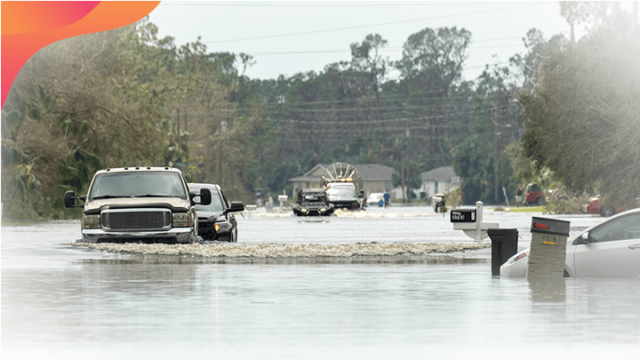Don’t get duped: How to avoid buying a flood-damaged car
Flood-damaged vehicles should be taken off the road, but sometimes, they wind up back in the market and are sold to unsuspecting customers in car yards or private sales.

In the past few weeks, car owners across the country experienced the aftereffects of destructive floods after intense rainfall affected various regions. The floods in some areas, such as Utawala and Syokimau in Nairobi, Narok, Bomet, and Budalangi, were so bad that cars were submerged and waterlogged.
These damaged vehicles should be taken off the road, but sometimes, they wind up back in the market and are sold to unsuspecting customers in car yards or private sales.
With the second-hand car market booming, it’s easy for these cars to end up back on the road at a bargain.
Any good car dealer can restore flood-damaged cars so that they look as good as new and sell them just as used vehicles, but you should be very cautious.
There’s a huge risk in buying a flood-damaged car, but it depends on the scale of the damage, and it doesn’t necessarily have to be a bad buy.
So, how do you decide whether to gamble on a car that was affected by floods? There are several important factors to consider.
How deep was the car submerged? If the water level wasn’t deep enough to wreak havoc with the electronics, the car may only end up with rust and corrosion, but this might not always lead to major operational issues.
If the car was deeply submerged in water, then even if there aren’t electrical problems now, there could be danger down the road.
Another factor is how long the car was underwater. The longer it remained submerged, the greater the damage.
Flood water damages a car in several ways and can affect cars of all sizes, from small cars to four-wheel drives.
Common problems with flooded cars include foul odours, rust, odd noises, engine smoke, and malfunctioning electrical and mechanical components, such as the engine, brakes, starter motors, and catalytic converters.
While some flooded cars must be totally written off, others, depending on their damage category, may still be sold.
Buying a car during flooding season requires some extra precautions to ensure you’re making a wise investment. Here are some tips to consider:
Research on flood history – Look into the flood history of the area where you’re buying the car. This can give you an idea of the likelihood of flooding and how severe it tends to be.
Check the vehicle’s history – Before buying a car, you should check its history report to see if it has been in any accidents or has a salvage title, which could indicate flood damage.
Inspect the exterior of the car – Look for signs of water damage such as water lines, mud or silt in hard-to-reach places, rust, and a musty smell in the interior.
As for the interior, you can check for water stains, mould, or mildew in the upholstery, carpeting, and trunk.
Also, test all electrical components, such as lights, windows, and the audio system, to ensure they’re functioning properly.
Check fluids and filters – Look at the engine oil and transmission fluid. If they appear milky or have water droplets, it could be a sign of water damage. Also, inspect the air filter for signs of water or mud.
Have a mechanic inspect the car – Let him inspect the vehicle thoroughly, especially if you’re not confident in your ability to spot flood damage.
Check Drainage Systems—When buying a car, it is important to assess the drainage systems in the area. Poor drainage can lead to frequent flooding, increasing the risk of water damage to vehicles.
You should also consider off-road capabilities – If you live in an area prone to flooding, consider purchasing a vehicle with off-road capabilities that can better navigate flooded roads and rough terrain.
Finally, it would be best if you considered getting a comprehensive car insurance cover that offers full protection for both parties in case of an accident.
Typically, a comprehensive insurance cover should offer financial security in case of natural disasters like floods.
If you have a fully comprehensive cover, you may claim for flood damage, but you should always check the terms and conditions of your policy. You may only be covered if you’ve done what’s necessary to keep your car safe.
By taking these precautions, you can reduce the risk of purchasing a flood-damaged vehicle and ensure you’re making a sound investment.
